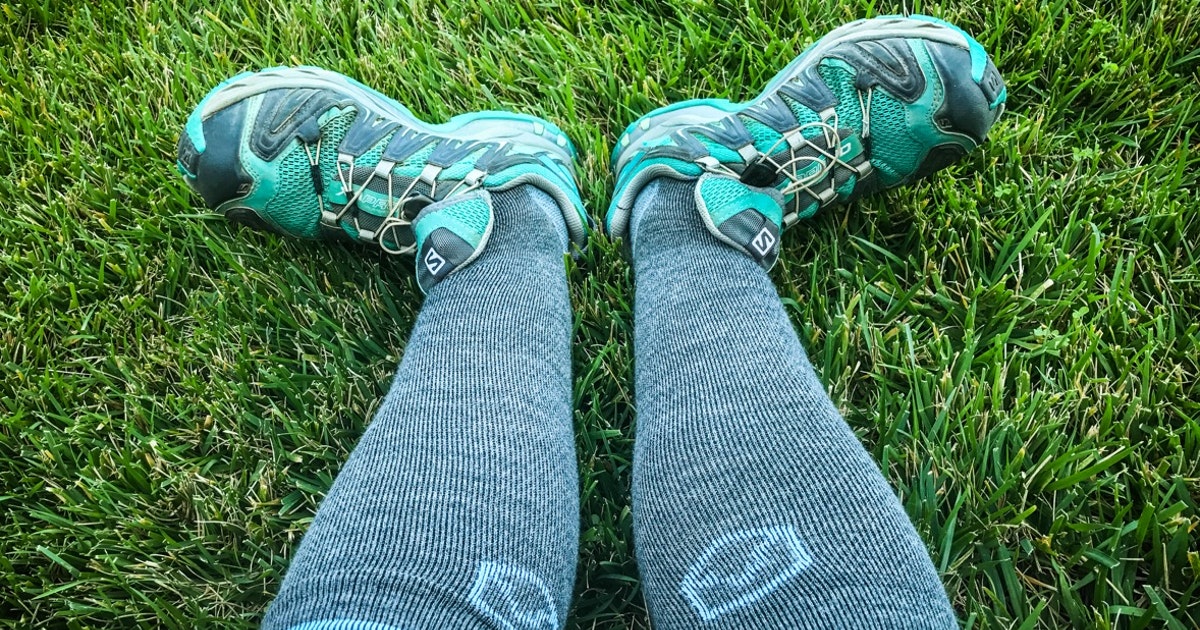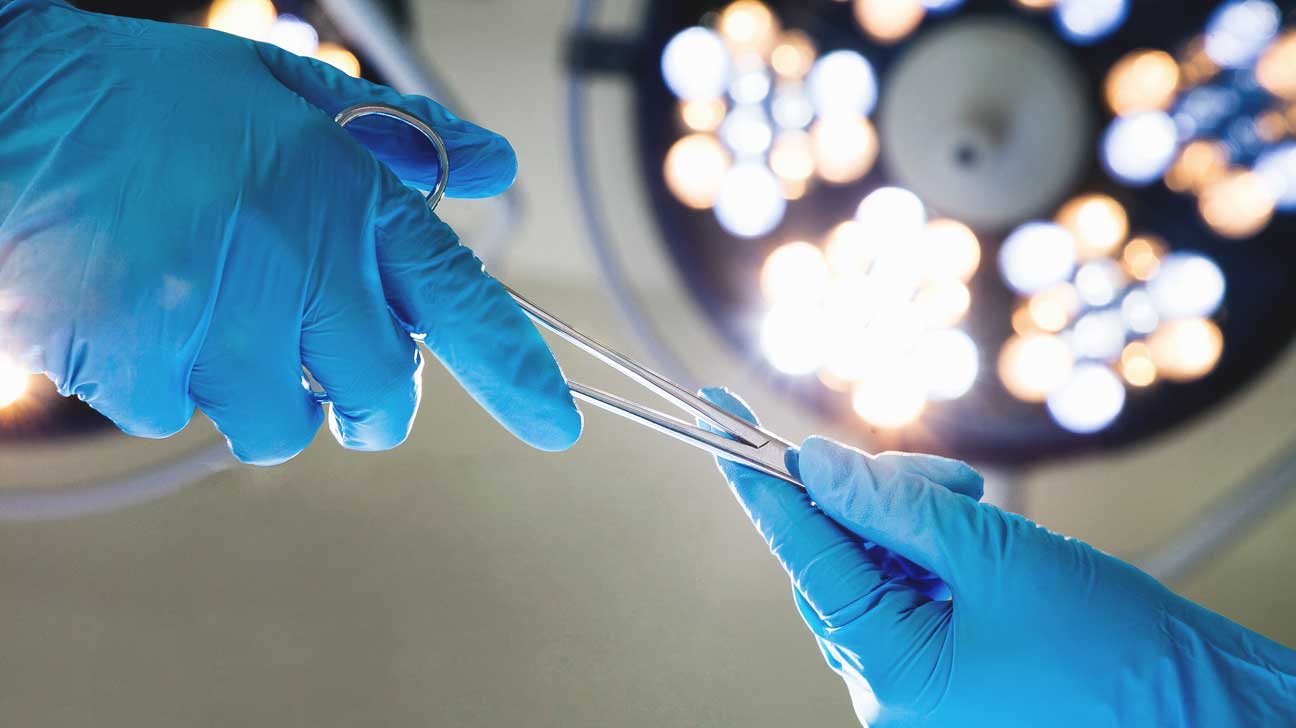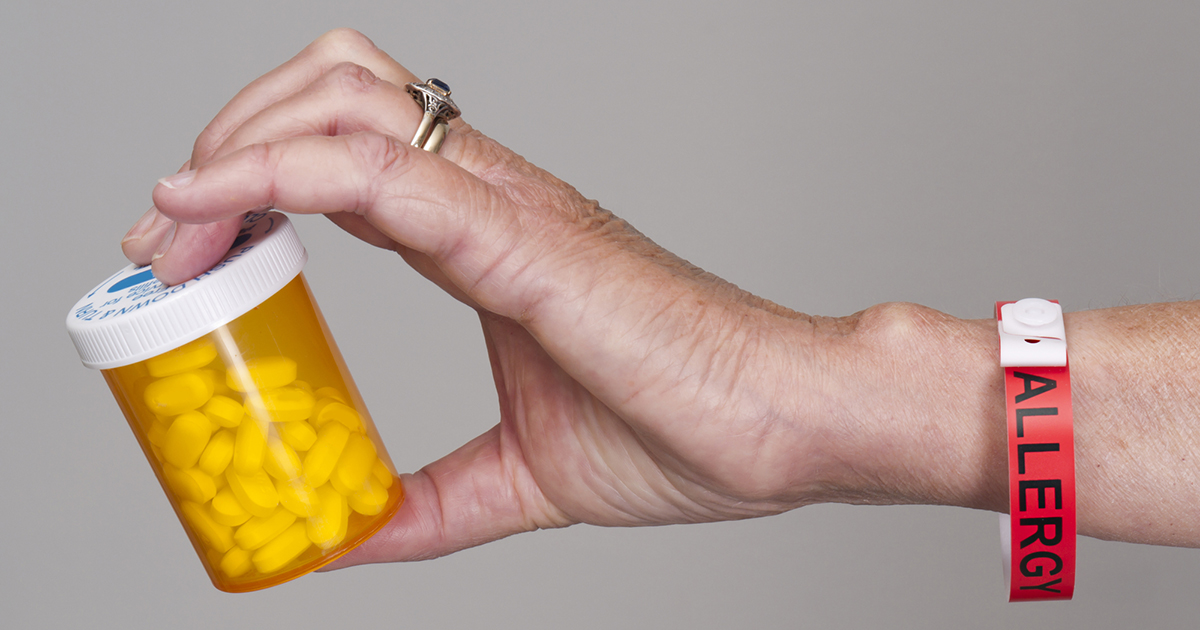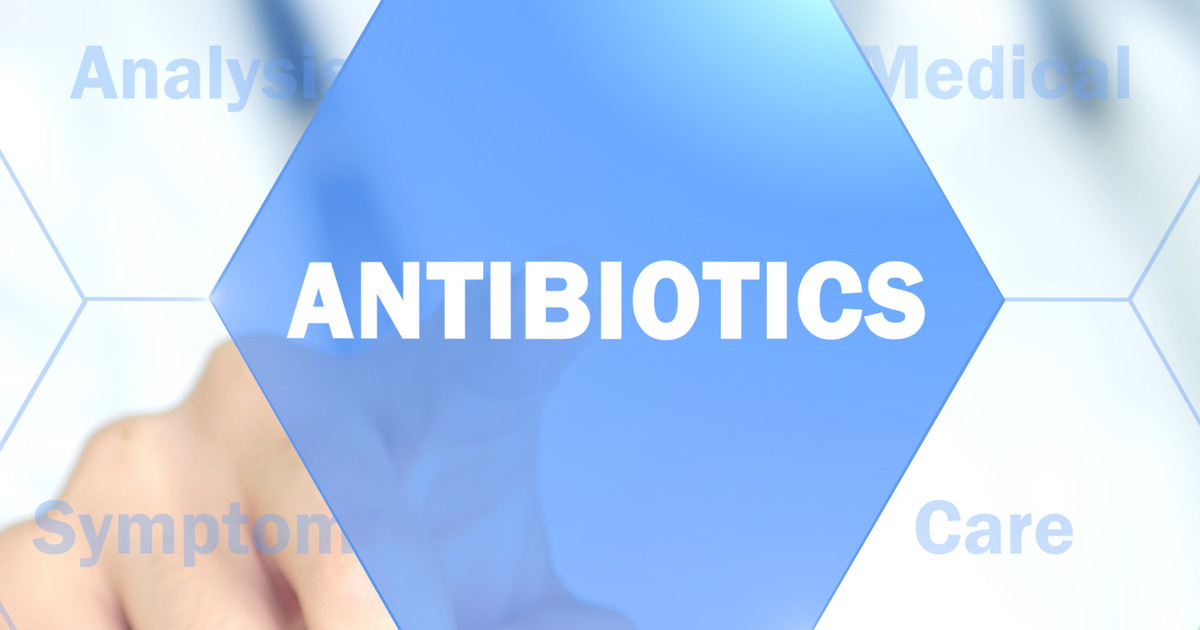How To Treat Varicose Eczema
Varicose eczema is one of many types of eczema. It is a chronic condition that tends to last for a long time. Sometimes it is the result of an underlying health condition, and the symptoms may go away after the underlying cause is treated. Like all types of eczema, it causes swollen, itchy, dry, and red skin. Patients may experience flaking and a constant need to scratch, and their skin may also become cracked and painful. Rather than existing throughout the body, varicose eczema is regulated to the legs. It often occurs alongside varicose veins.
In many cases, treatment for varicose eczema focuses onsymptom management. Many individuals will try topical moisturizers to help treat dry and itchy skin. Compression socks for varicose veins also help treat this form of eczema. Reports indicate that topical corticosteroids for eczema are also extremely effective treatment options. Patients need to talk to their doctor about the right treatment plan for them. Of course, it helps to understand the common varicose eczema treatment options ahead of time.
Moisturizing Regularly

One of the best ways to deal with dryness and flaking is to engage in regular moisturizing. Different individuals have different moisturizer needs for their skin. If their legs are dry and cracked, individuals need to replenish the moisture in them. Individuals who are not sure what kind of moisturizer they should be using must consult a dermatologist. The dermatologist will evaluate the individual's skin type and needs to create a customized treatment plan. If eczema is not treated, the flaky and dry patches of skin can progress to sores and blisters.
The goal of a moisturizer is to protect and repair the skin's moisture barrier. This is what seals in moisture. Eczema weakens this barrier, leading to dryness and flaking as the moisture evaporates from the skin. If individuals are living in extremely dry conditions, it may also help for them to add a humidifier to their living space. Dry air in the winter or the heat of summer can make the dryness in the skin much worse.
Uncover more treatments for varicose eczema now.
Wearing Compression Socks

One of the first treatments for varicose eczema and varicose veins is wearing compression socks. Individuals should talk to their doctor to determine if they are a good candidate for these stockings. Depending on their insurance plan, they may have the cost reimbursed if their doctor cites a medical need. Compression socks are easy to find, and most local drugstores have at least one pair. Even individuals without varicose veins and eczema use them to help with their sports performance and comfort. The socks gently compress the legs to narrow the blood vessels and improve blood flow. This helps undo some of the damage done by constant hypertension.
Patients will see particular benefits from compression socks if they work retail, fast food, or another job that requires them to stand for long periods. Since the blood does not pool in their legs, individuals tend to feel less achy and tired as the day goes on. This can also help minimize eczema flareups.
Read more about how to treat varicose eczema now.
Topical Corticosteroids

Topical corticosteroids are another piece of long-term treatment for varicose eczema. Individuals do not necessarily need a prescription for these medications, as some are available over-the-counter. However, a doctor can give patients prescription-strength corticosteroids to help treat eczema. There are several different conditions for which these medications are prescribed. They help with skin ailments that range from debilitating to mildly irritating. More than ten million topical corticosteroid prescriptions are processed in the United States every year. The exact one that works best for patients will vary depending on the kind of lesion they are dealing with, their prior health history, and how powerful the medication is.
As immune responses largely regulate eczema, corticosteroids help lessen the severity of flareups. During flareups, the immune system causes inflammation, swelling, and pain. The application of corticosteroids helps reduce inflammation. The result is the flareups are less irritated, swollen, and red. Many patients experience significantly less pain after using topical corticosteroids to help control their eczema flareups.
Discover additional ways to treat varicose eczema now.
Increasing Physical Activity

One of the key ways individuals can help treat varicose eczema is by increasing their physical activity. Flareups of this type of eczema are related very closely to varicose veins and high blood pressure in the legs. When individuals stand or sit for long periods each day, blood pools in their lower legs. This causes the venous walls to break down, making it difficult for the blood to circulate back. When individuals increase their physical activity, every movement of their legs helps increase circulation. In addition, cardiovascular exercise causes blood to circulate through the body very quickly rather than pooling anywhere.
Patients may not be able to add full exercise sessions to their day, especially if they are elderly or have health conditions that cause exercise intolerance. Even if individuals cannot undergo cardio or strength training, just moving their legs a little bit helps. They should get up and take a lap around their desk every hour or so. When they lie down, it also helps to elevate their legs, allowing the blood to flow back down toward their heart without needing working cardiovascular valves.
Continue reading to learn more about treating varicose eczema now.
Surgery To Remove Varicose Veins

If patients are experiencing severe discomfort or pain because of varicose eczema, and other treatment methods have not helped control it, they may be candidates for surgery to remove varicose veins. This procedure is called varicose vein stripping. It removes the twisted and bulging veins from their thighs or legs. When patients undergo the procedure, their veins are treated. Their surgeon will also help prevent them from returning. Other names for the surgery are vein stripping with ablation, avulsion, or ligation.
Before the procedure, the doctor will do a physical exam to find out where the non-working valves in the patient's legs are. They may do an ultrasound of the patient's legs to get a more detailed view. A duplex scan, an imaging tool that allows individuals to see clear images of the affected veins and the amount of blood flow, may be ordered.
Get information on more treatment options for varicose eczema now.
Raising Legs At Rest

As mentioned previously, compression socks are a common treatment for varicose eczema. The reason is that they help reduce swelling, improve circulation, and lower the risk of blood clots. Individuals can see some of the same benefits if they raise their legs when they are at rest. Thus, when they are on the couch watching television, it can help if they prop their legs up on a pillow so that they are above their heart. This is a good practice to do when they go to sleep as well. In fact, experts suggest that varicose eczema patients should raise their legs regularly, even as much as for fifteen minutes every two hours.
Continue reading to reveal more methods of treating varicose eczema now.
Antihistamines

Many individuals with varicose eczema deal with itchy skin. This particular eczema symptom can be quite irritating to handle. In fact, itchy skin can trigger other symptoms and complications, particularly if patients cannot resist scratching. Varicose eczema patients who are experiencing significant itching should consider taking antihistamines. Antihistamines are traditionally used for allergies. They are great for treating hives, which also involve itchy skin. However, many antihistamines also relieve itching from other causes, including varicose eczema. Patients can purchase an over-the-counter antihistamine. They can also ask their doctor for a recommendation.
Discover additional treatments for varicose eczema now.
Avoid Skin Injury

Individuals with varicose eczema have compromised skin. This also applies even when most of their symptoms are under control. Unfortunately, skin injuries can worsen symptoms of varicose eczema quite quickly. In addition, they can make symptoms appear in previously unaffected areas. Thus, individuals with this condition should be careful and avoid injuring their skin whenever possible. This means wearing protective equipment when they play sports and when performing tasks around the house, including gloves when gardening and washing dishes. They may also want to arrange their furniture so that they are less likely to bump into various pieces.
Learn more about how to treat varicose eczema effectively now.
Take Breaks During The Day

Sitting for long periods is not helpful for varicose eczema patients. It increases the risk of blood clots and often means patients will experience more varicose veins in their legs. Thus, it is vital for individuals to take breaks during the day. This means standing up from their desk every so often. A good practice is to stand up and walk around for one minute every hour, with an extended break every three to four hours. The extended break should be around ten to fifteen minutes. Individuals can use the extended break to stretch their legs and try some yoga. Stretching is also helpful during the brief one-minute breaks.
Keep reading to reveal more ways to treat varicose eczema now.
Antibiotics

Some varicose eczema patients will deal with severe symptoms and complications. Complications of this condition include severely cracked and itchy skin as well as venous ulcers. The sores on the skin can ooze some fluid and even be crusty. If patients are not careful, the sores and ulcers can develop bacterial infections. Doctors will prescribe oral or topical antibiotics to individuals with varicose eczema who have a bacterial infection in their ulcers. Antibiotics are also helpful when varicose eczema patients are experiencing erosions or cellulitis, along with other infections due to their condition. Although patients may be prescribed either oral or topical antibiotics, they should consider bandaging the affected area where possible to prevent further issues.
